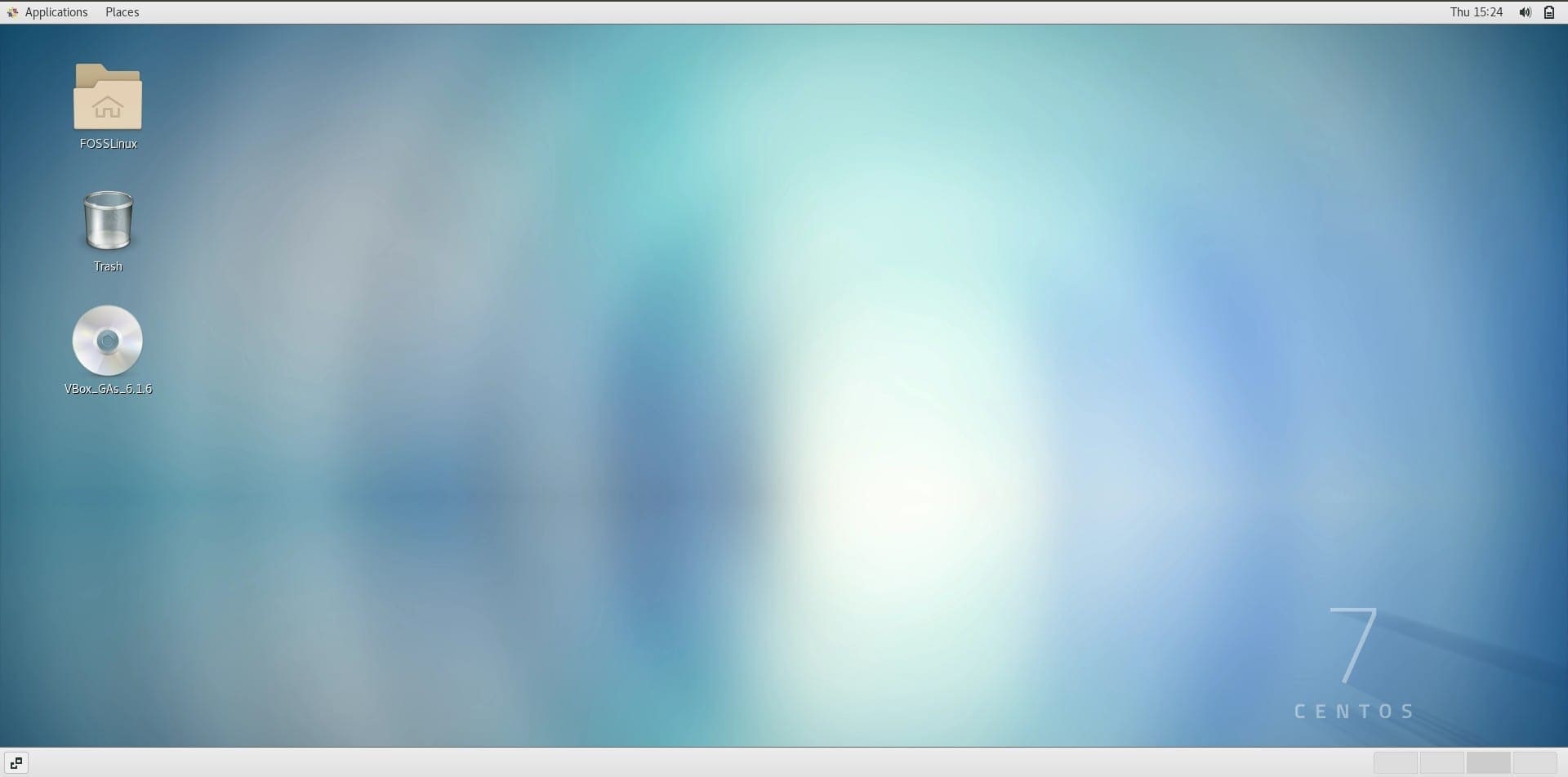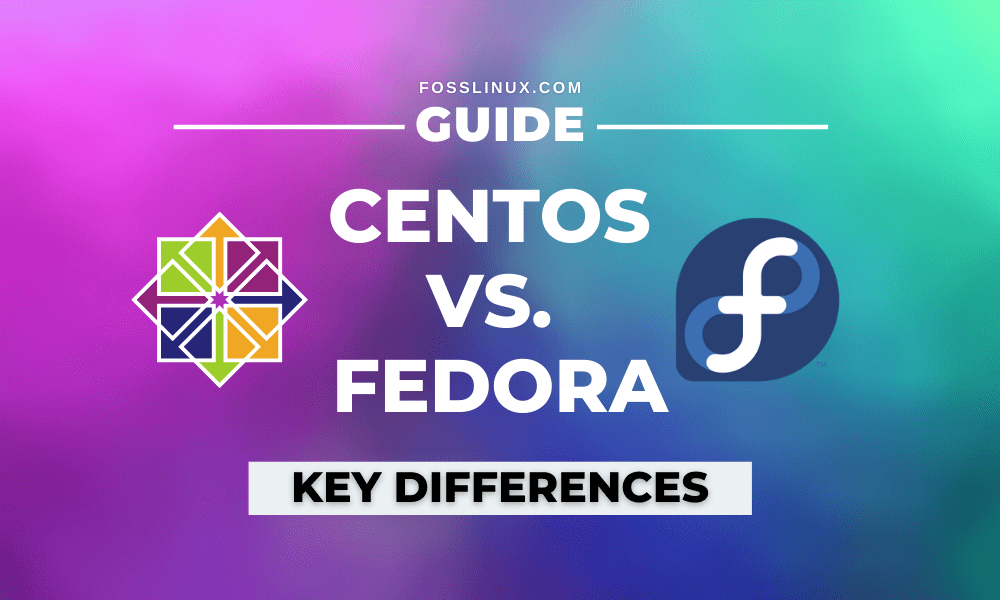Both Fedora and CentOS are RPM-based Linux distributions. The two share a lot of features in common but still have several differences. In this post, we introduce both Fedora and CentOS and look at their key differences in this CentOS vs. Fedora comparison article.
CentOS

CentOS 7 (2003) GNOME desktop
CentOS is an open-source Linux distribution focusing on the entire system’s stability and robustness. Since the source code is derived from the famous Red Hat Enterprise Linux (RHEL), CentOS has many similar features to Red Hat. Introduced in 2004, CentOS is developed and maintained by the very active CentOS community. It is composed of network and system administrators, managers, and core Linux contributors from all around the world.
Fedora

Fedora 32 Desktop
Fedora is also an open-source Linux distribution first released in 2003 as Fedora core and later renamed to Fedora. It is developed by a community-supported Fedora Project and sponsored by Red Hat. Fedora was designed with a target market for developers and system administrators.
With nearly 20000 packages and software, Fedora is efficient, secure, and very user-friendly even for Linux newbies. It is one of the stable and widespread Linux distribution with active community support.
Fedora is extensively utilized by Red Hat to test features that are later included in the Red Hat Enterprise Linux. RHEL is developed with a target for the commercial market.
Key Differences between Fedora and CentOS
| Feature | CentOS | Fedora |
|---|---|---|
| Development | CentOS is developed by the CentOS project community using the source code of RHEL. | Fedora is developed by the community-backed Fedora project, sponsored and funded by Red Hat. |
| Package manager | CentOS comes with various package managers both for GUI (Packagekit) and the command-line (YUM). | Fedora also supports package managers such as Packagekit (GUI) and RPM and DNF for the command-line. |
| Releases | It focuses on stability over being up-to-date or anything else. | It releases new versions far more often than any other distribution. |
| Operating System | CentOS is a free version for RHEL, which is a commercial distribution. | It supports Linux OS family. |
| Target | It is used when you need a more stable system that requires an RHEL’s feature set. | It is more suited for workstation applications and non-production servers. |
Both Fedora and CentOS are popular distributions with a large pool of users. Let’s discuss some of these differences.
Release Schedule
Fedora has a relatively short release and support cycle with a target market of individual users and workstations. After every six months, a new version of Fedora is released and supported only up to the first month after two successive releases. In short, most Fedora versions are supported for only 13 months. However, you can upgrade Fedora without the need to perform a new install.
On the other hand, CentOS has a release schedule similar to that of Red Hat Enterprise Linux. A good example is CentOS version 7.5, which was developed on RHEL 7 update 5. Before the release of CentOS 5, all previous versions were supported for only seven years; since then, the support of successive releases was increased to ten years.
Installation
Fedora comes with two different installation images – Fedora Live and Netinstall. Fedora Live allows you to test out Fedora features or new releases before performing an SSD/Hard drive installation. On the other hand, the latter comes with only the necessary packages and downloads everything else from official repositories during installation.
CentOS is available in three installation images – DVD, Minimal, and Everything. The CentOS, everything like the name suggests, is small enough to fit on a DVD but has all the features and packages required to set up a functional server. CentOS minimal is a lot similar to the Fedora Netinstall image. It comes with only a few essential features, and the others are downloaded from the internet during installation. Lastly, CentOS Everything is a complete, robust package. It comes with all the necessary features, even others that you can’t select during installation.
Conclusion
Fedora and CentOS are both RPM-based Linux distributions but with several differences and a different target market. Fedora receives frequent updates making it an excellent choice for open-source users excited with cutting-edge software. On the other hand, CentOS has a support cycle of up to ten years. That makes it the right choice for Enterprise.

